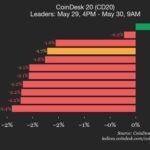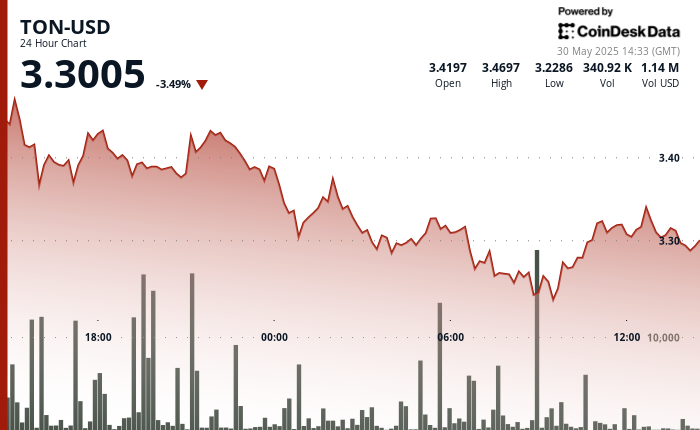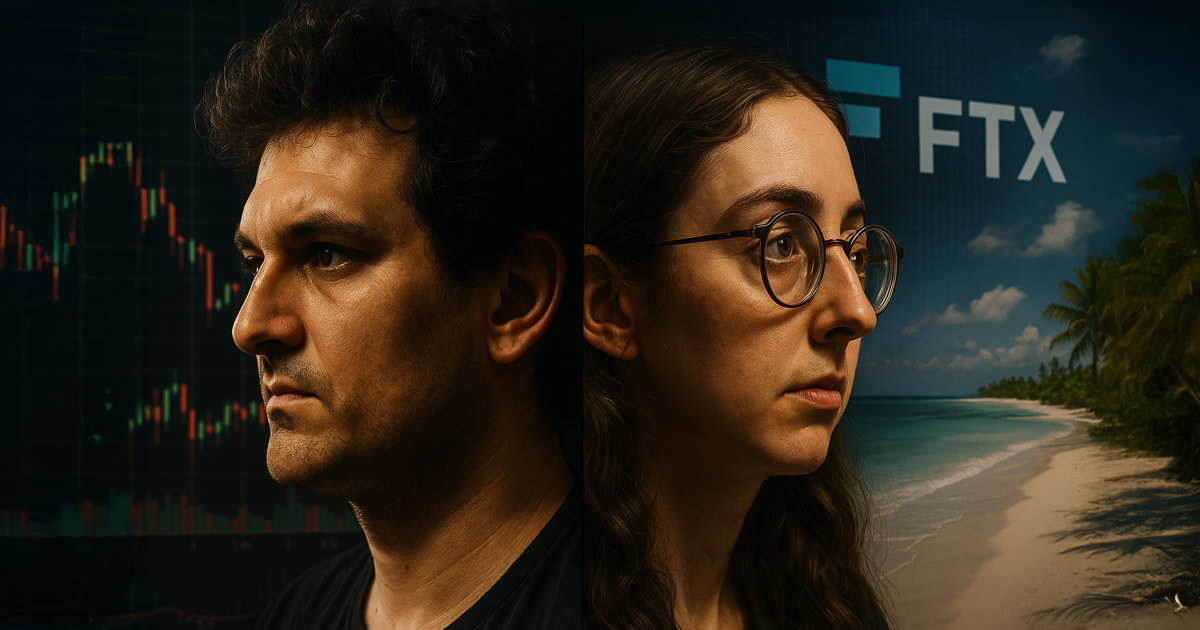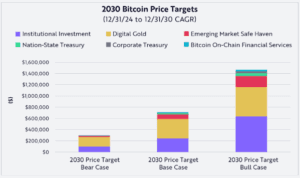
Banco Santander looks to broaden its crypto presence with a fiat-pegged stablecoin.
Banco Santander is investigating the creation of a fiat-backed stablecoin while looking to broaden its cryptocurrency services for retail customers, hinting at a significant shift in the bank’s approach to digital assets.
A report from late May suggests that this initiative is in the nascent stages and could potentially involve tokens pegged to both the US dollar and the euro.
Santander is joining a group of prominent international banks, like JPMorgan and Citigroup, that are reevaluating their positions in the rapidly transforming digital currency market, especially after recent regulatory changes under the previous US administration.
The bank’s digital arm, Openbank, has sought licenses to provide cryptocurrency services to retail clients in accordance with the European Union’s Markets in Crypto-Assets (MiCA) rule.
This strategy is consistent with Santander’s aim to enhance its digital asset offerings and reflects a growing trend among European banks to participate in regulated cryptocurrency services.
The renewed interest in private stablecoins ties into larger objectives that include bolstering the dollar’s global influence, upgrading payment systems, and enhancing financial access for marginalized groups.
However, there’s a divide among EU regulators. While supporters view stablecoins as a means of fostering innovation and inclusion, certain traditional banking entities express caution.
The European Central Bank (ECB) has raised concerns that the rise of dollar-pegged stablecoins might jeopardize the euro’s standing within the EU’s financial framework.
ECB President Christine Lagarde has advocated for updates to the MiCA regulation, suggesting that the current regulations may not adequately mitigate the risks associated with these stablecoins.
Moreover, the ECB worries that an influx of dollar-backed stablecoins could lead to a migration of European investments into US markets, which might destabilize EU banks and financial systems.
Conversely, the European Commission has minimized these worries, claiming that the existing MiCA framework is strong enough to handle the risks presented by stablecoins.
Officials from the Commission argue that MiCA equips regulators with the necessary tools to act if stablecoin issuers pose a threat to financial stability, asserting that the ECB’s apprehensions may be exaggerated and the current legal framework sufficient.
Santander’s considerations reflect an increasing acceptance of digital assets within conventional finance. Whether the bank ends up introducing a stablecoin or expanding its cryptocurrency services for retail consumers, its decisions could impact how other organizations deal with the evolving regulatory landscape.



















Post Comment